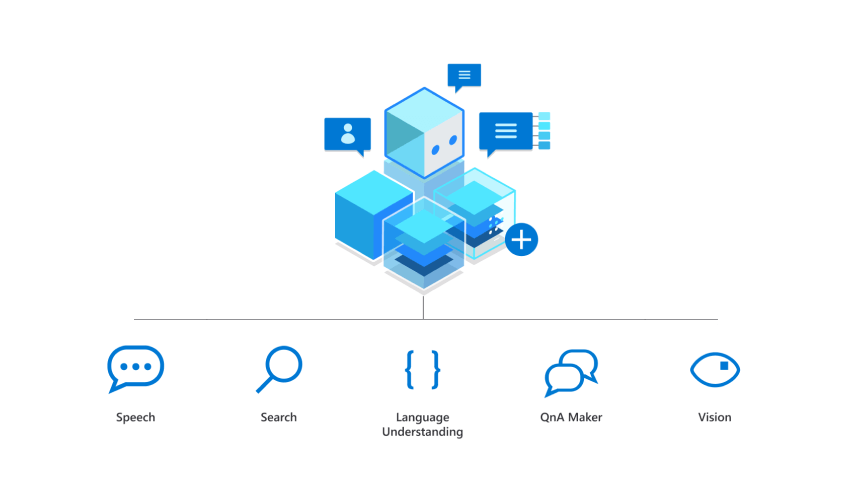When you view the world from a bird’s eye, you interpret it as a functioning clock with all its gears working in harmony with each other. However, when you view the systems of the world at a microscopic level, you become privy of details that most people never acknowledge. For instance, if you think about the construction projects undertaken by the government, your instinctive view of the developments will be predicated on your personal biases. However, when you step outside your shoes, you’ll see that even changing the bulbs of a traffic light requires intricate planning and the consent of various stakeholders. Now, apply this knowledge on a grander scale, and imagine how governments handle the deployment of enormous structures like bridges, flyovers, and public libraries. Do you think that none of the needs of such projects are outsourced? Do you believe that governments have self-sustaining mechanisms that can satisfy their inter-industry requirements? The truth of the matter is that for any capital-intensive project targeted towards public welfare, government organizations work with several collaborators. Such collaborations are established using a fastidious procedure called the public procurement process. The term ‘tendering’ is also used to denote the same.
An in-depth analysis of tendering
We have established that government agencies require outside help for the completion of several large-scale projects. We’ve also affirmed that the tendering process connects government organizations with entities best suited to assist them. But, how do such alliances come into being? Let’s analyze the 3 key steps that bring about the above-mentioned outcome:-
- Project Definition:- Before looking for outside help, governments identify the exact nature of the help. For instance, if the ministry of transport identifies a need for the construction of a flyover in an area, it conducts an initial survey to acquire relevant information. This information further helps relevant stakeholders in defining the scope of the flyover construction project. This definition will include the expansion of variables like expected completion timeline, financial limitations, legal obligations, expected completion standards, and penalty protocols. After stakeholders define the scope of the project, the concerned division drafts relevant documents for publication.
Tender Publication:- Nowadays, governments publish tenders online. Interested tenderers can stay updated about incoming government projects by keeping a check on relevant web portals. The published tenders often possess a rigid format and expand on various key areas. A tender drafted according to the accepted international standards provides organization details, project outlines, evaluation criteria, a sample contract, a tentative schedule, and budget-related details. Once public organizations publish tenders gov executives advance the tendering process by evaluating all the submitted proposals.
Collaborator Selection:- After the evaluation of all the bidders that responded to the tender publication without making any disqualifying errors, a winning tenderer is selected. The selection is made by comparing the scores assigned to all the participants as per the evaluation protocols detailed in the tender publication. This process enables the emergence of a mutually beneficial alliance between the government entity and the winning tenderer.
The tendering climate facilitates the scouting process required for the realization of alliances between government organizations and businesses and binds the collaborating parties under an enforceable contract. In other words, government agencies first lend rigidity to the architecture of the plans under their purview. Subsequently, they make associations with external organizations that offer the best return on investment.
What are the roadblocks facing an efficient procurement process?
The tendering process makes cross-communication between the business world and the public sector possible. Without the provision of this process, our world would develop at an exponentially slower rate. However, despite all the good that comes out of tendering, it is not perfect by a long shot. Here are some ways in which tendering works against itself:-
- The competitive environment born out of the race to win a tender has several benefits. However, this intense competition also discourages some potential suppliers from participating.
- Tendering is a taxing endeavor in itself. Sometimes, the resources spent on the procurement process do not constitute a worthy investment.
- In the case of projects that undertake a very narrow domain, the tendering process proves to be a waste of time and resources. If the competitive element integral to the success of tendering is not pronounced to a desirable degree, the entire process will not render satisfactory results.
- If the evaluation criteria detailed in the tendering publication is inefficient, tendering will yet again prove to an unnecessary exercise. For instance, if the procurement staff treats the cost as the most important variable, the winning contender can prove to be ill-suited for long-term associations.
- The bureaucratic structure of government organizations makes tendering a complicated task. In government-controlled organizations, getting all the stakeholders together to elucidate the initial constructs for procurement can take long periods.
How to tackle the above-mentioned roadblocks?
At the end of the day, the efficiency of the tendering process is as good as the procurement staff that supervises it. Thus, to eliminate most of the concerns associated with public procurement, a thorough initial investigation of the scope of the project is crucial. Before organizations publish tenders online, they should understand whether the project warrants pursuit or not. Any discrepancies in this investigation can prove to be quite expensive for buyers who search for vendors using tendering protocols. Furthermore, face-to-face meetings predicating the bidding phase of the process can also prove to be beneficial. Another way to streamline procurement is to conduct tendering in multiple phases. In this case, the increased efficiency mostly makes up for the surge in expenditure.
The Take-Away
To effectively publish tenders gov representatives must be mindful of the roadblocks linked with public procurement. As long as tendering is executed systematically, it leads to a viable outcome. Thus, organizations must respect the structural integrity of the process. In other words, as long as you treat all the steps of the tendering process as equally important, you’re good to go!






